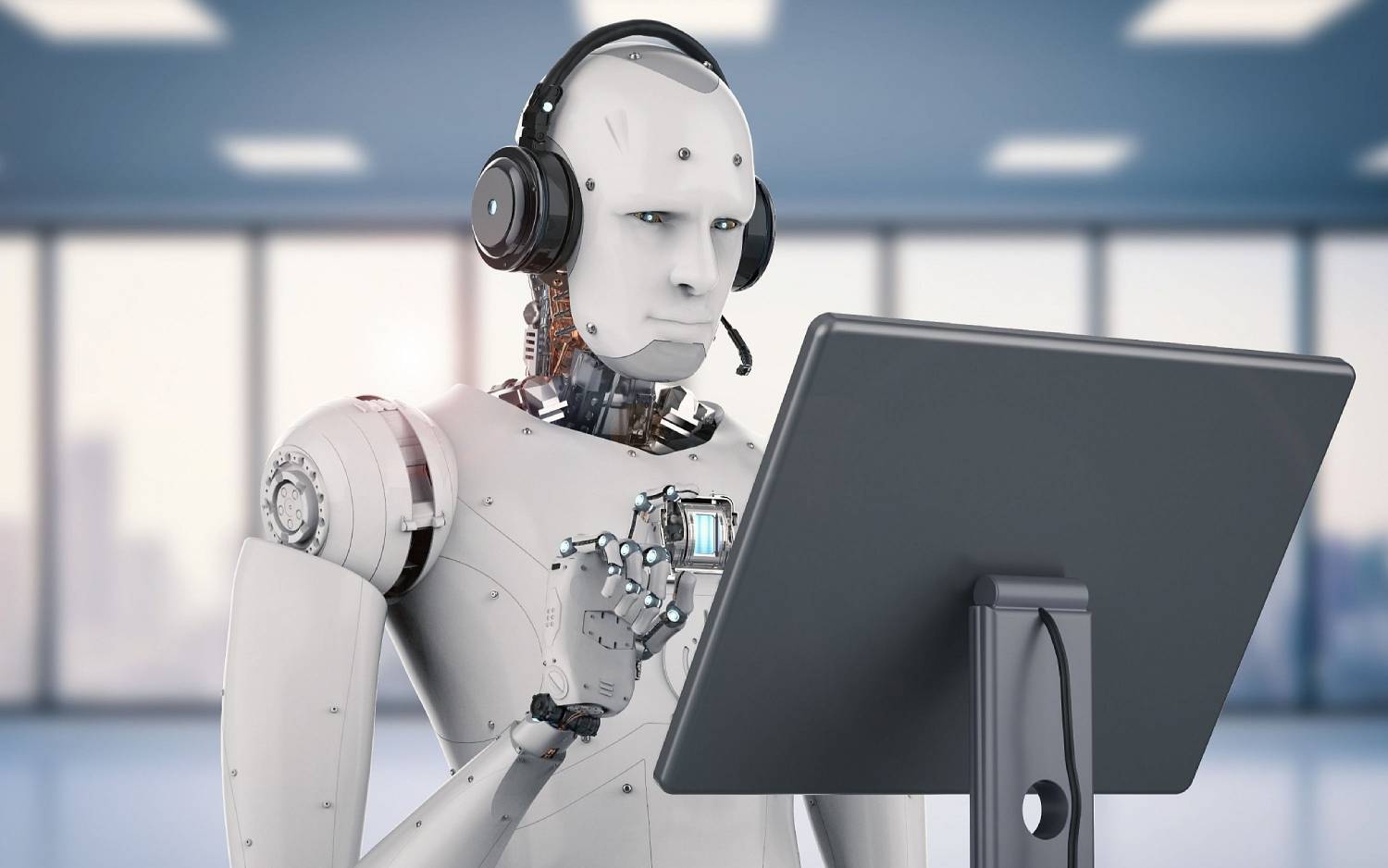The Science Blog

AI and the Brain: How Machines Are Learning to Think Like Humans
In the fast-changing world of technology, one exciting development is where artificial intelligence (AI) meets neuroscience. As we explore the human brain, we see similarities between biological and artificial neural networks. This convergence is not merely a coincidence but a deliberate effort to emulate human-like thinking in machines. Deep learning is key to this effort. It’s a part of machine learning that copies how the brain’s neural networks work. This helps process data and find patterns for making decisions.
The importance of this topic cannot be overstated. AI technologies are increasingly part of our lives. Understanding how machines learn to think like humans has a big impact on cognitive science, technology, and society. The idea of machines thinking like humans can create confusion. People often fear AI will outsmart us. They may also think machines can completely copy human consciousness. In this article, we will explore the reality behind these myths and provide a comprehensive overview of how AI is learning to think like humans.
Key Benefits / Why It Matters

Bridging the Gap Between AI and Human Cognition
The relevance of AI learning to think like humans is multifaceted. Firstly, it enhances our understanding of human cognition. Researchers learn about the brain’s complex functions by trying to mimic them in machines. This helps advance cognitive science. This partnership between AI and neuroscience helps us understand how people think, learn, and decide.
Real-Life Applications and Data-Backed Insights
The practical applications of AI that mimic human thought are vast and varied. AI diagnostic tools in healthcare analyse medical images. They match the precision of human specialists, which greatly boosts accuracy in diagnoses. AI algorithms in finance analyse large data sets. This helps predict market trends. As a result, investors can make better decisions. A study in the journal Nature found that AI systems using deep learning can identify diseases in medical images. Their accuracy matches that of human experts.
AI learns from data and adapts to new information. This is similar to how humans learn. Because of this, AI is a valuable tool in education. Personalized learning platforms use AI to adjust educational content for each student. This helps improve learning outcomes. This data-driven approach is changing education. It makes learning easier and more effective.
Step-by-Step Guide / Actionable Insights
Understanding Artificial Neural Networks
To understand how machines think like humans, start with artificial neural networks (ANNs). These are computational models inspired by the human brain’s structure and function. ANNs consist of interconnected nodes, or “neurons,” that process information in layers. Each neuron takes in input, processes it, and sends output to the next layer. This works like the synaptic connections in the brain.
The Architecture of ANNs
- Input Layer: This is the entry point for data into the network. Each neuron in this layer represents a feature or attribute of the input data.
- Hidden Layers: These layers perform complex computations on the input data. Deep learning models often have multiple hidden layers. It allows the network to learn intricate patterns and representations.
- Output Layer: This layer produces the final output of the network. In classification tasks, for instance, the output layer assigns a probability to each class label.
The Role of Deep Learning
Deep learning, a subset of machine learning, leverages ANNs with multiple layers to model complex patterns in data. Deep learning helps machines do tasks usually linked to human intelligence. These tasks include image and speech recognition, natural language processing, and decision-making.
Training Deep Learning Models
- Data Collection: The first step in training a deep learning model is gathering a large dataset relevant to the task. For instance, training a model for image recognition requires a vast collection of labelled images.
- Preprocessing: The data is then preprocessed to ensure consistency and quality. This may involve normalising values, resizing images, or removing noise from audio data.
- Model Training: The model is trained using the preprocessed data. During training, the model changes the weights between neurons. This helps reduce errors in its predictions.
- Evaluation and Tuning: After training, the model’s performance is evaluated on a separate dataset. If necessary, the model is fine-tuned to improve accuracy.
Examples and Case Studies
A notable example of deep learning in action is Google’s AlphaGo, an AI program that defeated the world champion Go player. Go is a complex board game with more potential moves than atoms in the universe, making it a formidable challenge for AI. AlphaGo succeeded because of its deep learning setup. This lets it learn and change strategies by playing against itself.
In the world of natural language processing, OpenAI’s GPT-3 shows how strong deep learning can be. GPT-3 can create text that sounds human. It can finish sentences and write essays. This shows how AI can understand and generate language like people do.
Ethical and Philosophical Considerations

The Limitations of AI Thinking Like Humans
AI has made great strides in mimicking human thinking, but it still has limits. AI lacks genuine self-awareness, emotions, and intrinsic motivation—key components of human consciousness. AI processes large amounts of information quickly. However, it lacks subjective experiences and can’t grasp context beyond data links.
Ethical Implications and Responsible AI Development
As AI continues to evolve, ethical concerns arise regarding bias, privacy, and accountability. AI models trained on biased data can inadvertently reinforce societal inequalities. AI decision-making in sensitive areas like criminal justice and hiring needs transparency. This helps ensure fairness and prevents discrimination.
Researchers suggest using explainable AI (XAI) to make AI decisions clearer. XAI helps with transparency and interpretation of AI choices. Regulatory frameworks, such as the European Union’s AI Act, are also being developed to ensure AI’s responsible use in society.
Beyond Algorithms—The Next Chapter in AI and Human Intelligence
The quest for AI that thinks like humans shows how far we’ve come in artificial intelligence and neuroscience. AI is changing industries by mimicking the brain’s neural networks. It boosts human abilities and alters how we see cognition. As we explore this frontier, we must focus on ethics and transparency in AI development.
If you want to learn more about this exciting field, try taking courses in AI and cognitive science. You can also join discussions about the ethics of AI. As AI grows, it’s important to stay informed and involved. This way, we can help create a future where machines and humans live together peacefully.
What are your thoughts on the future of AI and its potential to think like humans? Share your perspectives and join the conversation.









